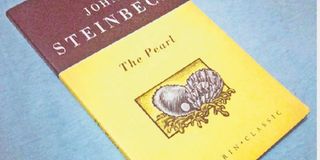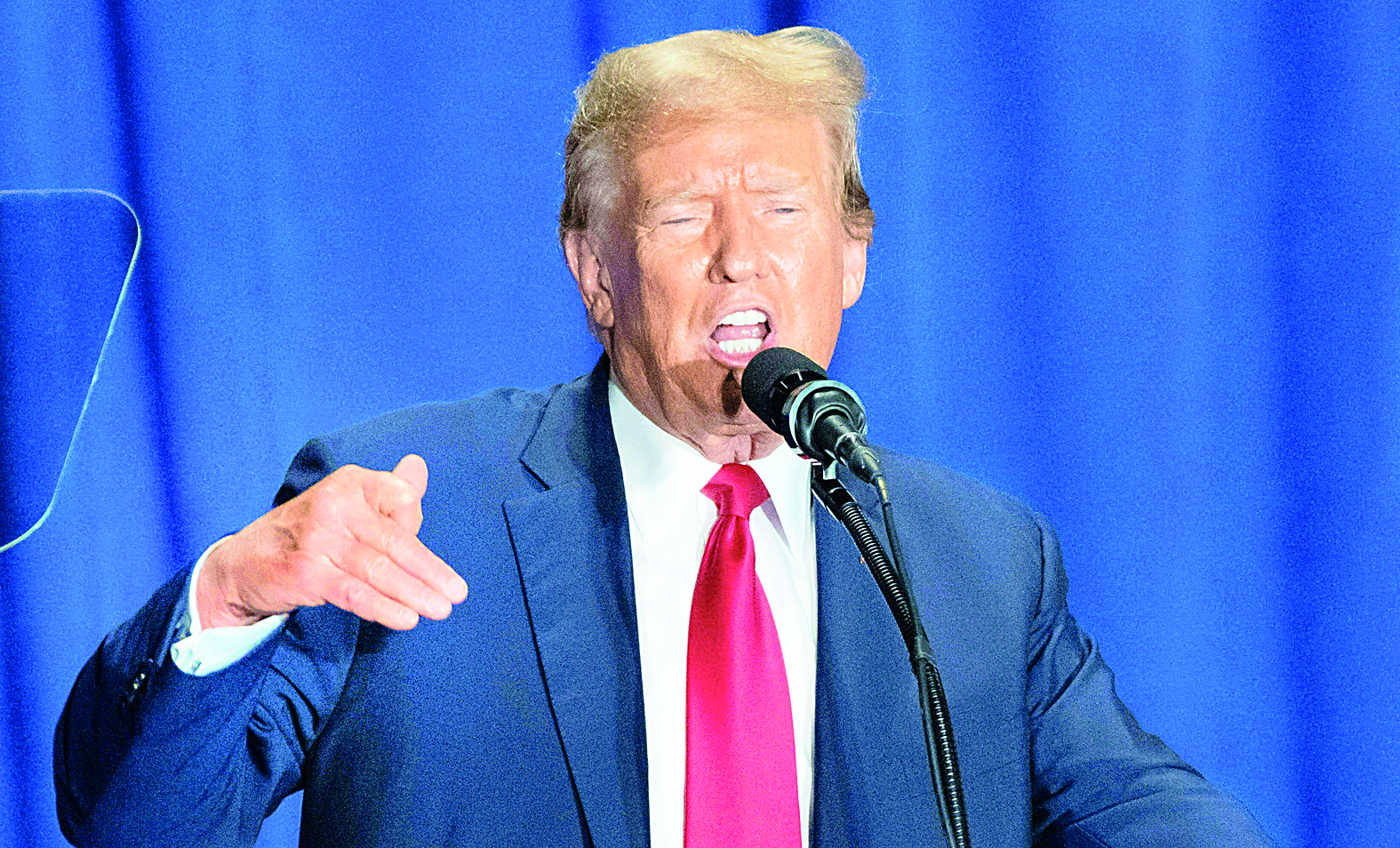How greed in us manifests itself

The book. 'The pearl; has been symbolised to represent evil and good.
What you need to know:
The pearl has been symbolised to represent evil and good. For Kino it is an opportunity to better his life and that of his family.
The discovery of the pearl of the world exposes the evil and greed in the inhabitants of La Paz. It also awakens old dreams and desires.
The pearl has been symbolised to represent evil and good. For Kino it is an opportunity to better his life and that of his family.
It awakens new desires on the rest of the people who want to claim it for themselves. Men are willing to risk their lives to steal it and Kino is willing to put his life on the line to safeguard it. The author uses the story to illustrate that individuals cannot escape from their own destinies.
Though the plot of the story is simple, it is rich in thematic concerns. Some of them are poverty, tradition, family relations, fate, oppression, racism, greed and materialism.
This article will tackle poverty, racism, greed and materialism.
Greed and materialism is the main theme depicted in the novel. When Kino finds the pearl of the world, all manner of people grow interested in him; people with things to sell and some with favours to ask. Every one suddenly became related to Kino’s pearl.
It went into their dreams, speculations, schemes, plans, futures, wishes, needs, lusts, hungers and only one person stood in the way.
Kino becomes, curiously, every man’s enemy. The news stirs up something infinitely black and evil in the town. Thus, the poison sacs of the town begin manufacturing venom and the town swells and puffs with the pressure of it (pg43). Greed and materialism is evident in the doctor, the priest, the pearl buyers, the trackers and the dark ones.
The news comes to the priest walking in his garden and put a thoughtful look in his eyes and a memory of certain repairs necessary to the church. He wonders what the pearl would be worth. He also wonders whether he had baptised Kino’s baby or married him, for that matter.
The priest visits Kino in the evening and tells him that “thou art named after a great man and a great father of the church.” He makes it sound like a benediction. He tells Kino that his namesake tamed the desert and sweetened the minds of the people as written in the books.
The priest says that it had come to him that he had found a great pearl. Kino opens his hand to show him the pearl and the priest gasps at the size and beauty of it. He tells him to remember to give thanks to him who had given him the treasure and pray for guidance in the future. When Juana says that they will be married in church, he says that it was pleasant to know that their first thoughts were good. He blesses them and leaves quietly (pg. 48).
The news comes to the doctor, who is with a client. When it becomes clear to him who Kino is, he grows stern and judicious, claiming that he was a client of his. He says that he is treating his child for a scorpion sting.
The doctor reminisces about Paris. He remembers the room he had lived in there as a great and luxurious place. He remembers the hard-faced woman who had lived with him as a beautiful and kind girl. He pictures himself in a restaurant in Paris and a waiter just opening a bottle of wine.
Greed, poverty and racism
The doctor visits Kino and claims he was not in earlier when they came to see him. Kino says that the baby is nearly well but the doctor says that the poison sting has a curious effect; there will be apparent improvement and then it attacks without warning. He knows that Kino’s race loves their tools of trade and trust them. He says that sometimes there will be a withered leg, a blind eye or a crumpled back.
The doctor then looks at the baby’ s wound, thinks for a moment, rolls back the baby’s eyelid and looks at the eyeball. He nods his head and says that the poison has gone inwards and will strike soon. He says the eyeball is blue thus; he will give the child something to turn the poison aside.
He places a capsule on the baby’s tongue and gives him pulque to swallow it. He says the poison will attack within the hour and the medicine will save the baby. He leaves and says he will be back in an hour.
The baby becomes very sick. The doctor comes later and treats the child. He inquires when the bill will be cleared and Kino says when he sells the pearl.
He pretends not to know about the pearl and offers to keep it safe for him. He tells Kino that it could be a shame to have it stolen before he sells it (pg 56).
The news comes to the pearl buyers and their eyes squint. Their fingertips burn a little, each one thinking how the patron could not live forever, and someone had to take his place.
Later, when the news of the approach of the procession reaches them, the pearl buyers stiffen and grew alert. They get out papers so they could be at work when Kino appears and they keep their pearls, as they do not want the inferior pearls beside a beauty.




